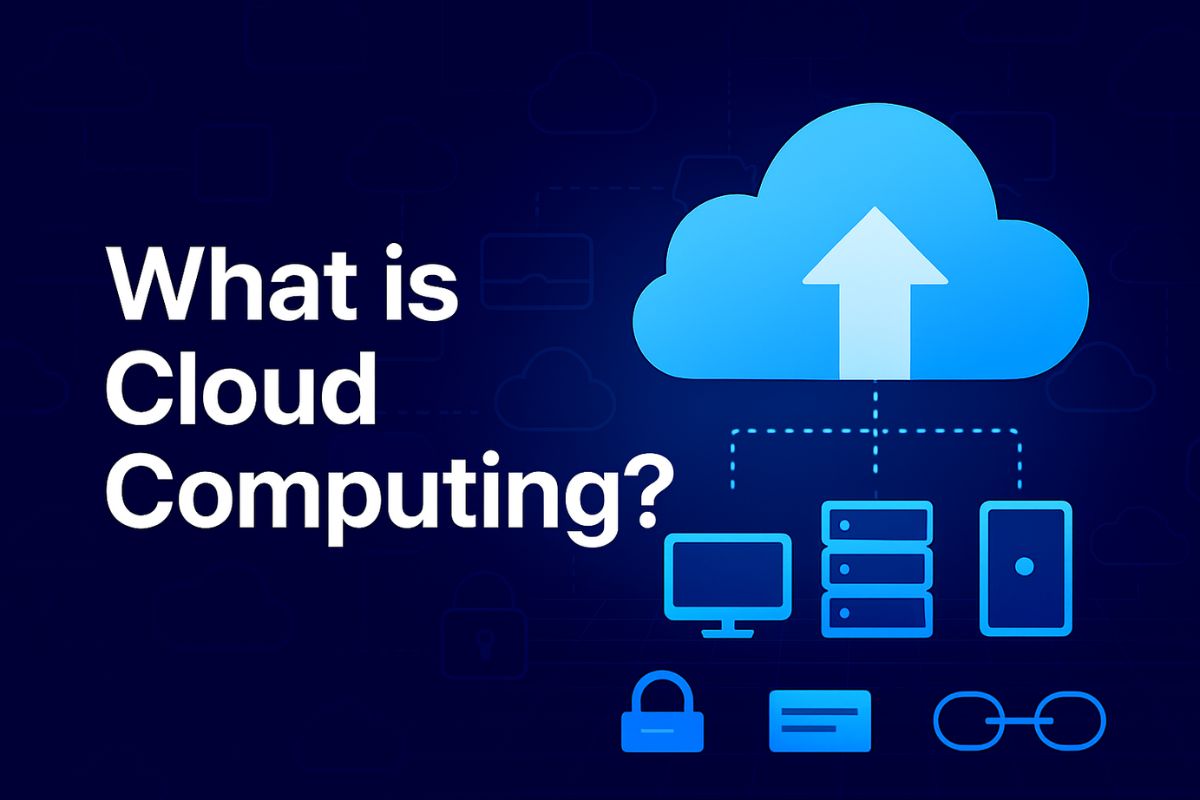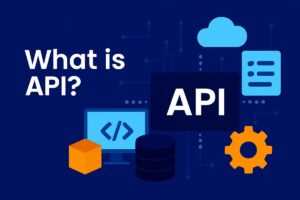Cloud Native is a modern approach to building and deploying applications that fully leverage cloud infrastructure and DevOps practices. By combining microservices, containers, CI/CD pipelines, and orchestration tools like Kubernetes, Cloud Native applications deliver agility, scalability, and resilience. This guide explains what Cloud Native is, how it works in DevOps and cloud computing, its benefits, architecture, use cases, challenges, and best tools to get started.
Cloud computing has changed the way software is built, deployed, and managed. But building apps “on the cloud” isn’t the same as building apps for the cloud. That’s where Cloud Native comes in.
Cloud Native is more than a buzzword—it’s a fundamental shift in how modern applications are architected. It leverages DevOps, microservices, containers, and continuous delivery pipelines to build scalable, resilient, and agile applications.
In this blog, we’ll break down what Cloud Native means in the context of DevOps and Cloud Computing, why it matters, and how businesses are using it today.
What Does Cloud Native Mean?
Cloud Native refers to designing, building, and running applications that natively exploit the benefits of cloud computing—such as elasticity, scalability, resilience, and speed.
Rather than lifting and shifting traditional apps to the cloud, cloud-native applications are built from the ground up to run in a dynamic, distributed environment using loosely coupled services.
🔍 Think of it as “cloud-first” software architecture—built for the cloud, not just hosted on it.
How Cloud Native Relates to DevOps & Cloud Computing
Cloud Native is deeply connected with DevOps and Cloud Computing:
- Cloud Computing provides the infrastructure (AWS, GCP, Azure) needed to host and scale applications.
- DevOps provides the culture, tools, and automation to build and deploy applications quickly and reliably.
- Cloud Native brings these together by using DevOps practices to deploy cloud-optimized architectures.
Core Principles of Cloud Native
Microservices Architecture
Cloud-native applications are typically built using microservices, where an application is split into small, independently deployable services that:
- Focus on a single business capability
- Communicate via APIs
- Can be scaled and updated independently
Benefits:
- Faster release cycles
- Easier testing and debugging
- Better fault isolation
Containerization & Kubernetes
Microservices are often packaged in containers using tools like Docker, and managed using Kubernetes.
Containers:
- Lightweight
- Consistent across environments
- Easily scalable
Kubernetes:
- Automates deployment, scaling, and management of containerized applications
- Provides orchestration and self-healing
Together, these tools allow developers to deploy apps reliably and consistently across different environments.
Benefits of Cloud Native Applications
Scalability, Flexibility, and Speed
- Apps can scale horizontally to meet traffic spikes
- Faster deployments via CI/CD pipelines
- Respond quickly to user and business needs
Resilience, Observability & Automation
- Self-healing systems that automatically restart failed services
- Built-in monitoring, logging, and tracing (observability)
- Automated testing, deployment, and rollback processes
Cost-Efficiency
- Pay-as-you-go pricing on cloud platforms
- Optimized resource usage with auto-scaling
- Reduced overhead with serverless and containerized infrastructure
Real-World Use Cases
Enterprise Adoption
- Netflix uses cloud-native architecture to stream content to millions of users globally with zero downtime.
- Spotify manages its microservices and deployments at scale using Kubernetes and cloud infrastructure.
- Airbnb delivers fast, global services using scalable cloud-native infrastructure.
Indian Market Examples
- Paytm and Zerodha use microservices to scale fintech platforms reliably.
- Byju’s uses cloud-native tools to handle sudden spikes in traffic during exam seasons.
- TCS and Infosys implement cloud-native DevOps for large enterprise clients.
Cloud Native vs Traditional vs Cloud-Based Apps
| Feature | Traditional App | Cloud-Based App | Cloud Native App |
|---|---|---|---|
| Architecture | Monolithic | Monolithic/Hybrid | Microservices |
| Deployment | Manual | Manual/Semi-automated | Automated (CI/CD) |
| Scalability | Low | Medium | High (Dynamic) |
| Portability | Low | Medium | High (Containers) |
| Resilience | Low | Medium | High (Self-Healing) |
| DevOps Compatibility | Low | Medium | Native Integration |
Challenges & Common Mistakes
Common Challenges
- Complexity: Microservices and containers require orchestration and observability tools.
- Skill Gaps: Not all teams are ready for containerization, CI/CD, or infrastructure as code.
- Security: Distributed systems increase the attack surface.
- Cost Management: Cloud bills can spiral without proper monitoring.
Mistakes to Avoid
- Lifting-and-shifting legacy apps without re-architecting
- Ignoring DevOps practices while going cloud-native
- Not investing in observability (logs, metrics, traces)
- Lack of collaboration between dev, ops, and security teams
Tools & Free Resources
Essential Tools
- Kubernetes – Container orchestration
- Docker – Container runtime
- Helm – Kubernetes package manager
- Istio – Service mesh
- Prometheus + Grafana – Monitoring and observability
Free Learning Resources
- CNCF Cloud Native Interactive Landscape
- Google Cloud Skills Boost – DevOps & SRE Track
- AWS Cloud Native Workshops
Conclusion
Cloud Native is more than just a technical trend—it’s a strategic advantage. Whether you’re an enterprise or a startup, moving toward cloud-native architecture can drastically improve your ability to innovate, scale, and serve customers faster.
By combining the power of cloud platforms, DevOps practices, and modern app development, Cloud Native unlocks the true potential of the cloud.
- Start learning today.
- Implement tools gradually.
- And stay updated with the evolving ecosystem.
💡 Share this blog if it helped, check out more DevOps/cloud articles on Schoolication, and subscribe for weekly insights.
FAQs
1. What is the difference between Cloud Native and Cloud Based?
Cloud-based apps are hosted on the cloud but not necessarily built to take full advantage of cloud architecture. Cloud-native apps are designed from scratch for scalability, resilience, and speed on cloud platforms.
2. Is Kubernetes required for Cloud Native?
No, but it’s the most widely used container orchestration tool. You can build cloud-native apps without it, but Kubernetes simplifies large-scale deployments.
3. Can legacy apps become Cloud Native?
Yes, but it requires refactoring or re-architecting. Simply moving them to the cloud (lift-and-shift) doesn’t make them cloud native.
4. What programming languages are best for Cloud Native development?
Go, Python, Java, Node.js, and Rust are commonly used due to their strong support in container environments and microservices.
5. Is Cloud Native suitable for small businesses?
Yes. Startups benefit greatly from cloud-native by scaling fast, saving costs, and improving time-to-market.
6. How does Cloud Native affect security?
It increases the complexity of security since there are more moving parts. But it also enables tools like zero-trust, policy-based access, and automated compliance.
7. What are the key skills needed for Cloud Native development?
Docker, Kubernetes, CI/CD, microservices design, observability, GitOps, DevOps practices, and scripting (Bash, Python).



